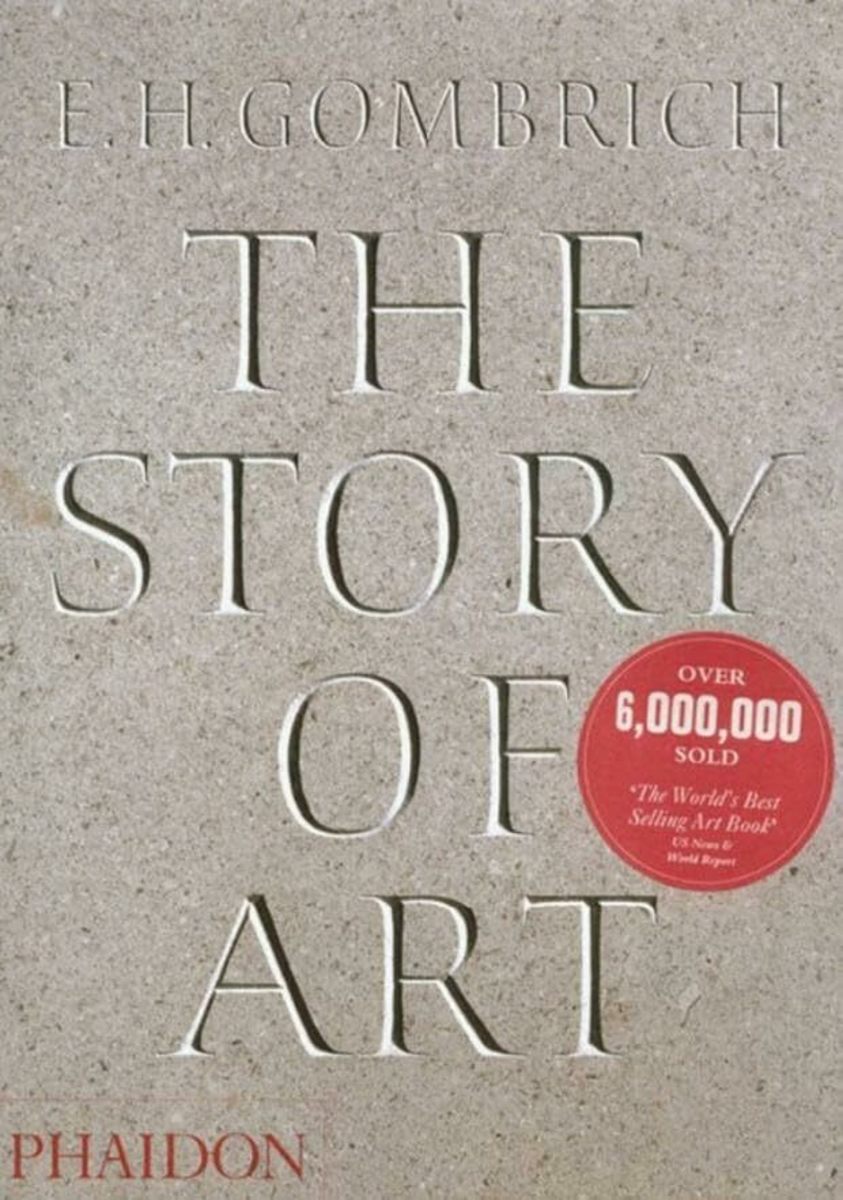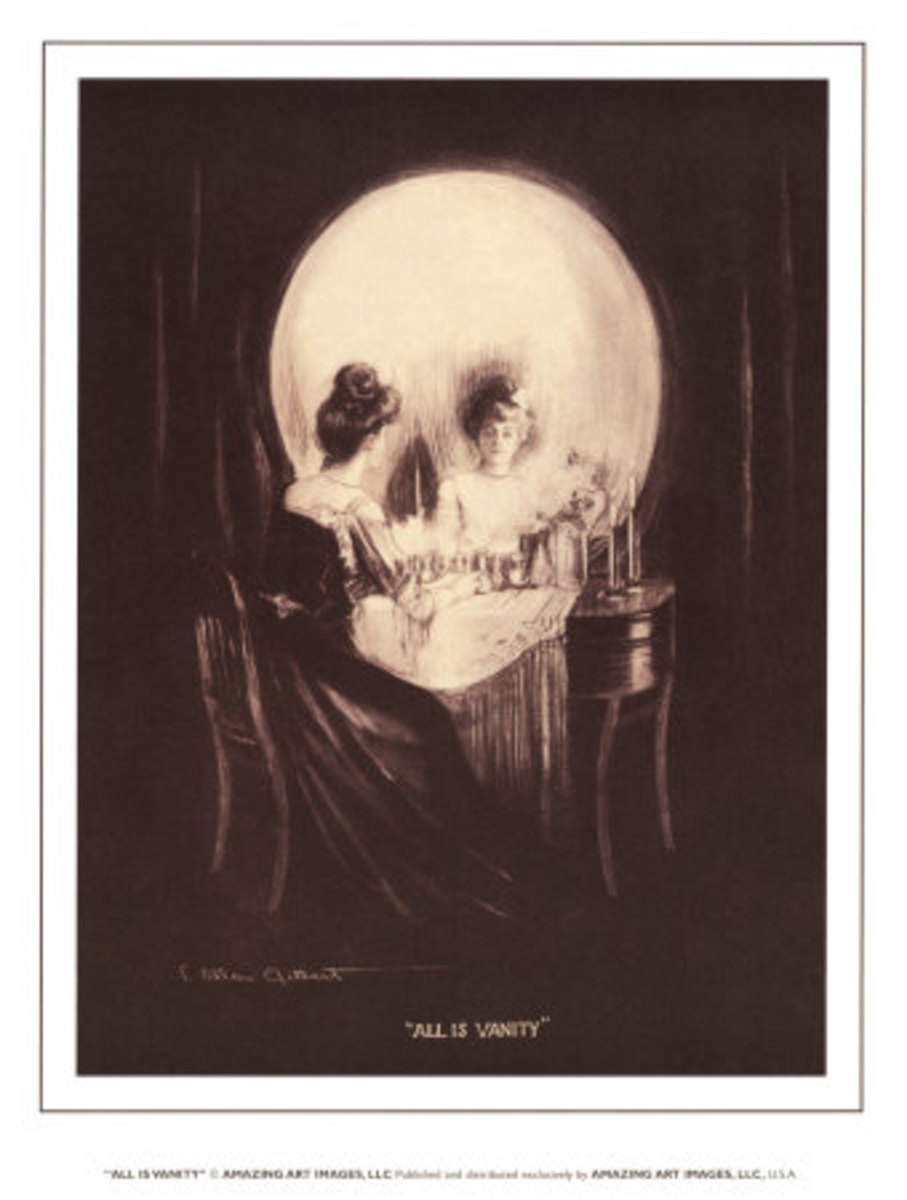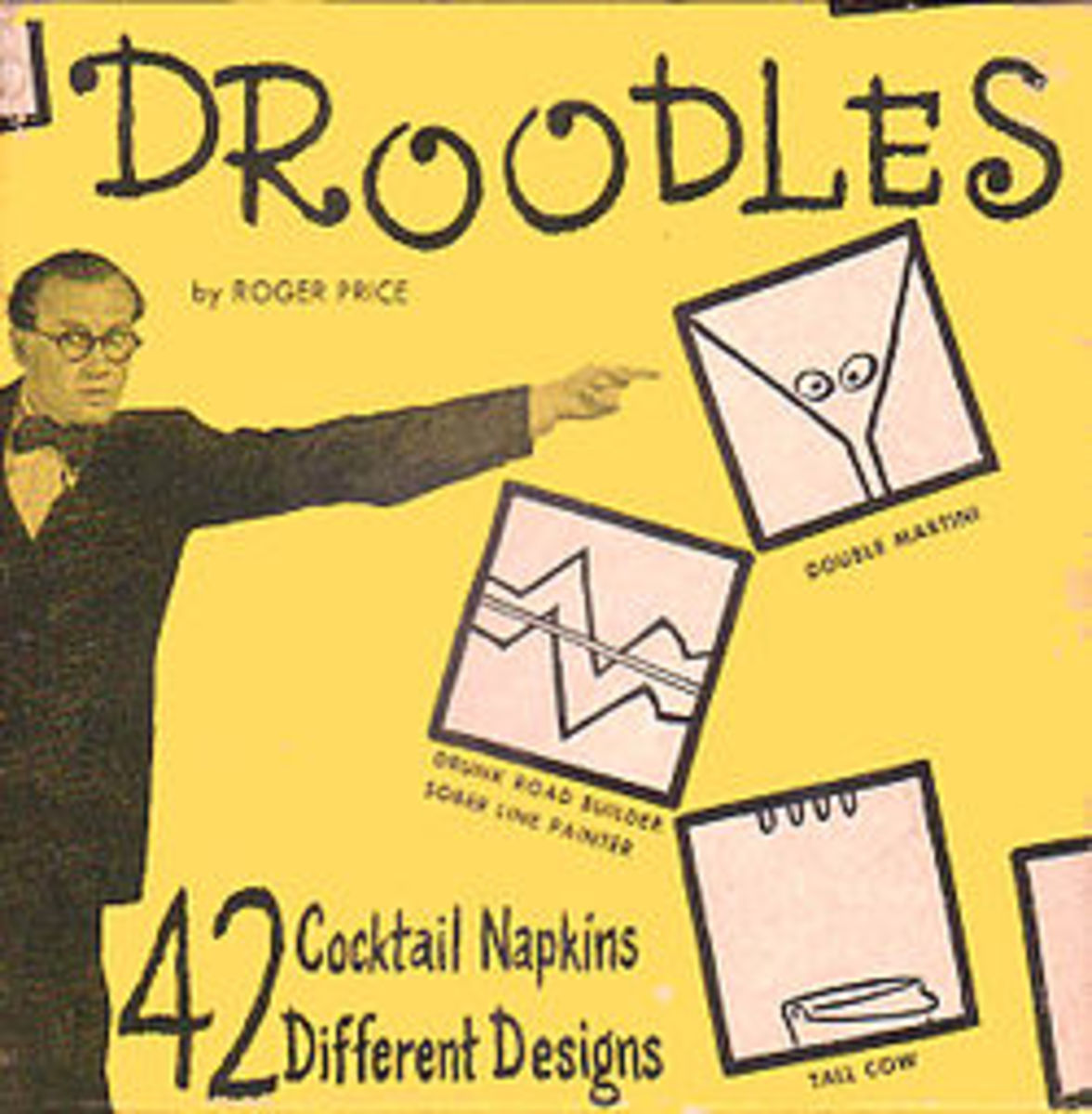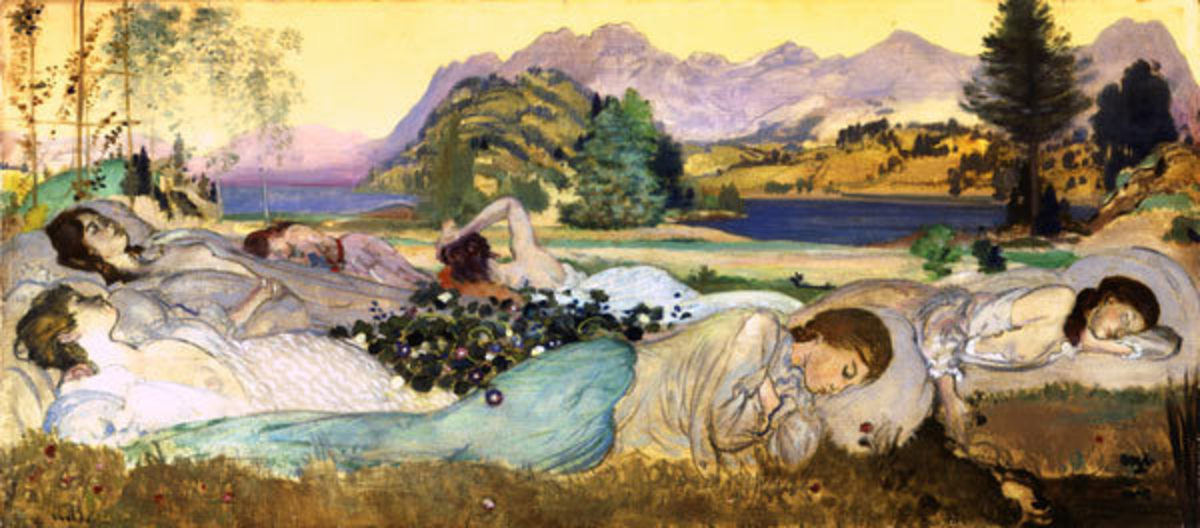School's Failure to Support Artistic Creativity
On the Psychology of Seeing Art as a Process, not a Product
NOTE: This is part ten of a series of articles that examine the relationship between music and the brain by integrating scholarly work on the philosophy of music with research in the psychology of emotion and intelligence. Part ten provides the psychological foundation for why art should be viewed as a universal human skill just like reading, writing and mathematics. All parts of the series can be read independently, though they may make references to other parts. Please click here for an overall abstract and links to the rest of the parts in the series.
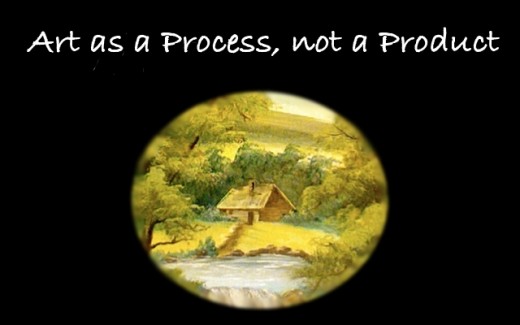
Contents:

Artistic Ability as a Universal Human Skill
As established in the last article, the belief that art is not a universally accessible intellectual pursuit is a common misunderstanding and perhaps the most damaging of all. We have already seen how Gardner believes that all normal people are capable of functioning to some degree in each of the seven intelligences. Inasmuch as development in these intelligences grants access to linguistic, mathematical, and scientific understandings so, too, do they grant access to understanding in the arts.
Further evidence for the universality of artistic ability comes from the work of Schaefer-Simmern. In The Unfolding of Artistic Activity, Schaefer-Simmern discusses his work with a variety of people, ranging from relatively “normal” business professionals to the mentally disabled individuals of the Southbury Training School like Selma, a thirty-nine year old woman with an IQ of forty-nine.[1] The one thing common to all of them was a lack of any formal experience with art. In every case, however, the students involved had a profound personal experience with art and produced high-quality artistic works.
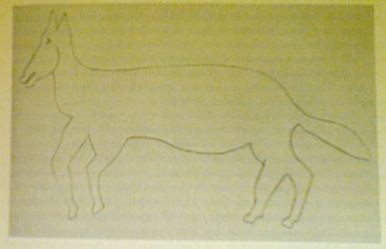
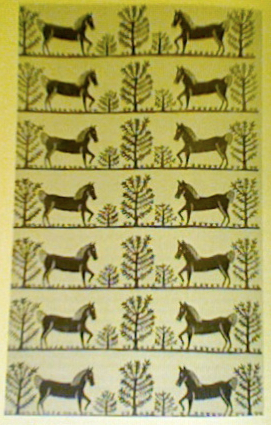
Sarason points out in The Challenge of Art to Psychology how he came to discover this when Schaefer-Simmern came to the Southbury Training School:
He came with a large portfolio containing [exceptional] artwork by “normal” individuals with whom he had worked in America and Germany. To say that I was surprised is to indulge in understatement. To say that I did not believe Schaefer-Simmern’s explanation of their developments--that they were their creations, uninfluenced in content, composition, and direction by Schaefer-Simmern--is not an overstatement.[2]
Sarason eventually came to feel, however, that the work he had seen was indeed independently created by Schaefer-Simmern’s students because of the way in which he was equally amazed at the quality of the work produced by the mentally disabled students at the Southbury Training School. Thus, even in the case of such “untalented” people as those with whom Schaefer-Simmern worked, meaningful artistic engagement is possible if it is given the opportunity to develop.
The Neglect of Artistic Potential
The most significant problem to which this confusion about art leads is that, because the true nature and universality of art is not generally understood, its potential value in the lives of most people is never realized. Gardner explains how this potential is so often overlooked by turning to the concept of a performance learning curve, or U, in development through which students progress in almost every area of study.
To explore this concept, we return to Gardner’s three types of learners: intuitive, traditional, and disciplinary. In the intuitive learning stage there is a relatively high level of learning performance in any activity because the intuitive learner tends to be very open-minded, creative, broad and exploratory in his thinking. This stage of learning is also, however, very basic and highly uninformed because the learner has no background knowledge. Nonetheless, this intuitive learning stage marks the first high point in the U because of the energy and creativity that the intuitive learner brings to the learning process.

In the traditional learning stage, the learner gets caught up in the specifics of the various established concepts, behaviors, and rules of a given domain and tends to become very literal-minded. Thus, his performance becomes very square and predictable, marking the low part of the U because their is very little creativity or original thought taking place in his mind.
Eventually, it is hoped the individual will reach the disciplinary learning stage and return to the open-minded, creative, and broad thinking of his intuitive learning stage, but this time armed with a deeply grounded understanding. If achieved, this stage represents the last high point of the U because the individual is able to return to the creative and exploratory mind-set of the intuitive learning stage. Gardner notes that, “at least in some domains, the dip in the U should prove short-lived, but it is possible that in the arts a seemingly temporary dip in performance may become permanent for most children.”[3]
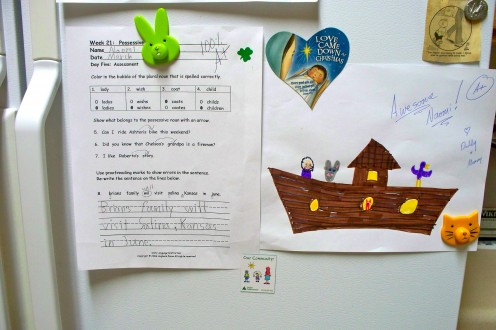
The Unconscious Failure to Nurture Artistic Growth
Evidence for the reality of this situation in art comes from a telling anecdote that Sarason includes in The Challenge of Art to Psychology. It emphasizes just how common the loss of artistic participation and understanding is. An unnamed art teacher from Westport, Connecticut, said the following:
May I tell you about something I have done a number of times with kindergartners and high school seniors? I ask the kindergartners to raise their hands if they can read. I then ask if they can work with numbers. Then I ask if they can write. At best one or two of them will raise their hands; usually none does. When I then ask them if they can draw or make pictures, everyone raises their hand. Now, when I have done that same thing with high school seniors, each of them raises his hand in regard to reading, writing, and numbers. In regard to drawing and making pictures, it has been rare that anyone raises his or her hand.[4]
The fact that all of the high school seniors in this anecdote are able to read, write, and work with numbers is an accomplishment and is significantly important. The broad absence of any ability to draw, or knowingly participate in any artistic activity, however, is indicative of a serious problem.
What occurs in the learning process relative to art is that very young children have a natural tendency to engage in various forms of primitive artistic activity such as drawing, playing with sound, pretending, and dancing. These activities represent the first high point in the learning curve for art. As students grow older, however, and enter into the traditional learning stage in art they begin to encounter all of the misconceptions about art that we have explored so far: that good art “copies” reality, that one must be able to produce an exceptional artistic product to make the experience worthwhile, that artistic ability is a talent that one either has or does not have, and that artistic activity is for those few people with the “ special gift.”
As a result of this, neither the social environment, the educational environment, nor their own understanding gives them any reason or impetus to continue working with art through the necessary traditional learning stage to achieve the level of productive and meaningful disciplinary understanding. Thus, people lose interest in art and all conscious artistic activity just stops.[5]
Why is Art so Important?
Part Two has explored some prevalent misconceptions about artistic activity and the relationship between so-called “talent” and intelligence. It has also considered how this confusion about the nature of art so often results in the suppression of artistic activity in children that follows them through their adult lives. This absence of artistic activity in the lives of most people is a significant problem. Explaining precisely why this is a problem will be the work of the remainder of this series on Music and the Brain.

End Notes:
[1] Schaefer-Simmern, The Unfolding of Artistic Activity.
[2] Sarason, 49–50.
[3]Ibid.,109.
[4] Ibid., 95.
[5] Gardner describes this process relative to drawing in Art Education and Human Development, pp.18–19.
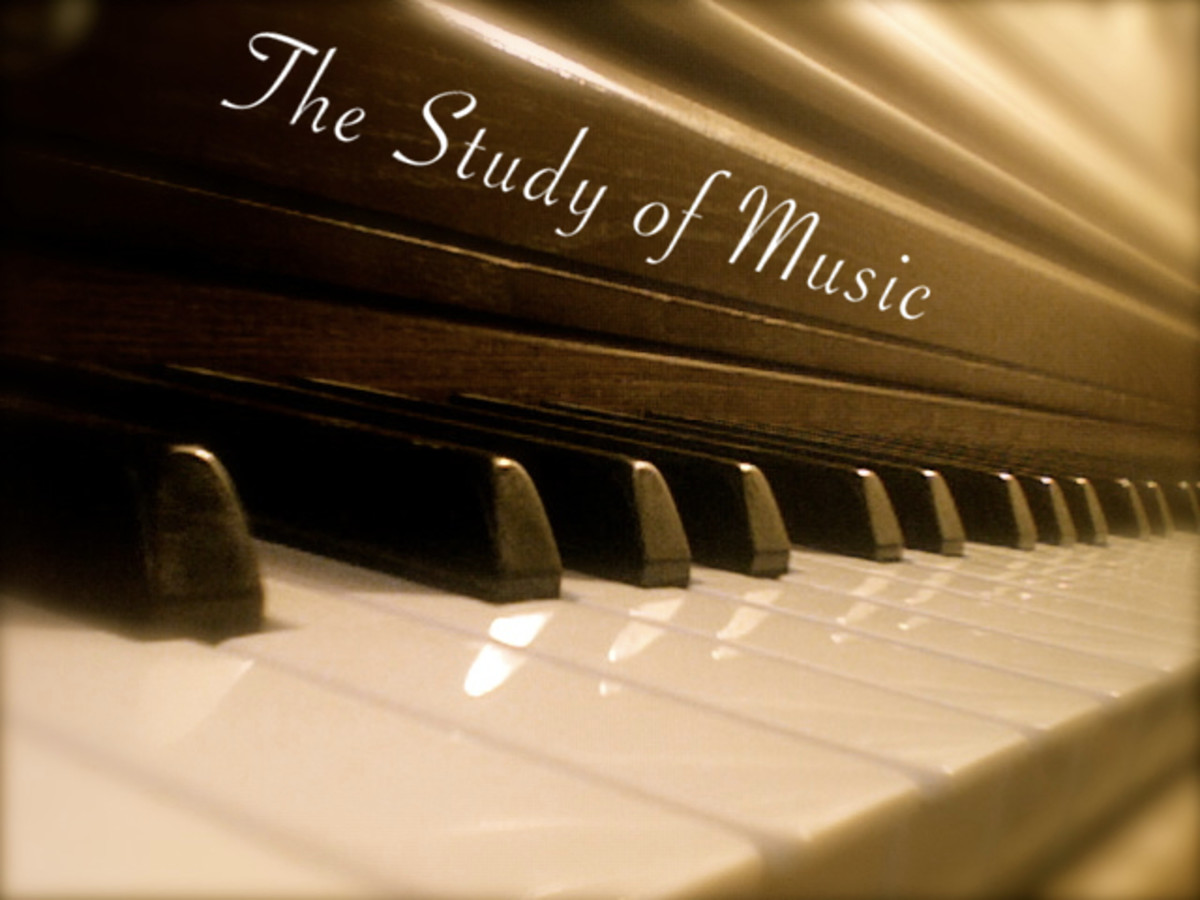
Series Abstract:
Important efforts in recent musical research have been devoted to exploring how music affects intellectual processing, the emotions and personality. Most of these efforts have been focused on exploring music’s effect on the neurology of the brain and its possible contributions to development in other non-musical domains such as language or mathematics. Much of this research is, by necessity, very specific and of a limited focus. A broader understanding of the positive results of music study can now be established, however, by synthesizing the theories of musical meaning provided by music philosophy and new psychological research on the nature of intelligence and emotion. This synthesis reveals that studying music has demonstrable holistic benefits on cognitive processing, emotional fluency and character development.
Links to other articles in the series:
Introduction:
Part One: On the Psychology of Intelligence
- II—On the Traditional View of Intelligence
- III—Emergent Problems with the Traditional View of Intelligence
- IV—Alternative Views: Developmental Cognition & Information Processing Theory
- V—Alternative Views: Multiple Intelligences Theory
- VI—Alternative Views: The Triarchic Theory of Intelligence, Distributed Intelligence & Emotional Intelligence
- VII—Alternative Views: Windows of Opportunity for Change
Part Two: On the Nature of Art
- VIII—The Psychology of Art as a Process, not a Product
- IX—The Problems of Viewing Art as a Talent Instead of an Intelligence
- X—Art as an Essential and Universal Human Skill
COMING SOON…
- Part Three: On Symbolism in Human Thought
- Part Four: On the Nature of Music
- Part Five: On the Practice of Music
- Part Six: On the Integration of Music and the Psychology of Intelligence
- Part Seven: On Knowledge, Thought and Music

